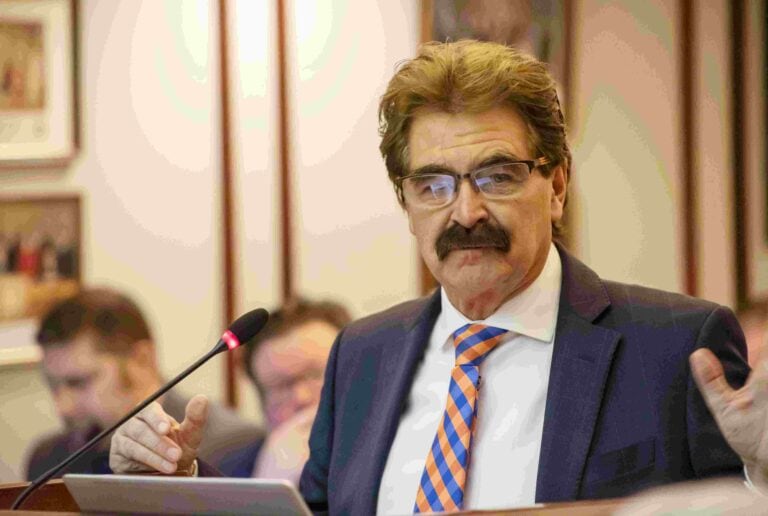Kyra Simone is a NOTL-born nature lover with a master's degree in biology. In her spare time, she advocates for sustainable change, picks up garbage, makes recycled jewelry, and transforms furniture bound for the landfill.
Kyra Simone
Special to The Lake Report
The United States ushered in a new era of environmental protection with the inauguration of President Joe Biden. As the U.S. aims to reduce emissions, the rest of the world also looks ahead to tackling climate change.
During the pandemic, there has been less media and policy focus on other global issues while protection against COVID-19 is our priority. This has unfortunately been true for the climate crisis.
Carbon emissions were slightly lower in 2020 due to reduced air travel and vehicle use. However, quarantine measures only decreased global emissions by about seven per cent compared to 2019.
In his first days in office, Biden took several concrete steps toward reduced emissions and green energy solutions. Along with revoking the Keystone XL pipeline permit and temporarily halting oil and gas leases in the Arctic, Biden ensured that the U.S. will rejoin the Paris Agreement.
WE ALL AGREE: The Paris Agreement is an international treaty with 190 participating countries. These nations account for more than 95 per cent of global greenhouse gas (GHG) emissions.
So, nearly all nations worldwide are committed to reducing their emissions and regularly reporting on progress. Through the agreement, nations also work together to prepare for adverse climate change impacts, especially with regards to food production.
At its foundation, the Paris Agreement aims to prevent warming of Earth's atmosphere beyond +2°C to reduce the severity of future climate impacts. This threshold is in reference to pre-industrial temperatures.
GETTING WARMER: Earth's livable temperature is a result of the greenhouse effect. When energy from the sun reaches us, greenhouse gases like water vapour and CO2 trap heat in our atmosphere.
Human activities, especially burning fossil fuels, release carbon dioxide (CO2). Before the industrial revolution in the mid-1700s, worldwide emissions were between 3 million and 7 million tonnes of CO2 per year.
Today, we emit more than 8 billion tonnes of CO2 each year: a thousand times more than pre-industrial emissions!
There is a solid consensus among scientists: 97 per cent agree that human emissions drive climate warming. The level of agreement is even higher among researchers with relevant expertise in climate science.
CLOSE TO HOME: Although we are not as hard-hit by extreme weather and rising sea levels as coastal and island nations, we already experience the day-to-day effects of climate change.
Including Niagara-on-the-Lake, more than 400 Canadian municipalities have declared climate emergencies. In light of this declaration, the town also appointed an environmental advisory committee to advocate for sustainable shifts and tackle this global issue on a local level.
Myself and other members of the committee will certainly keep the climate crisis in mind as we advise town council on ways to reduce emissions and encourage sustainable energy solutions.
Under the Paris Agreement, Canada is also committed to reducing emissions. However, the actions taken and policies planned so far may not be sufficient to meet these targets.
To help Canada achieve these goals, citizens can sign petitions and email their representatives. We can pay attention to the agenda for local government meetings, or follow related initiatives through organizations like the David Suzuki Foundation, 350.org, or Change.org.
As concerned citizens, we must urge our MPs and councillors to take concrete action to reduce emissions and elect representatives that reflect these values.









